Bottles and Bottling
Bottling
.
is the last stage of wine production and must guarantee maximum stability. To avoid contact with air and consequent problems of oxidation and imbrutition, fillers are used with accessories that insufflate inert, odourless gases such as nitrogen before corking.
The most usual capacity of bottles on the market is 0.750 l, while for passito wines, due to their limited production, 0.375 and 0.500 l bottles are used. For sparkling wines and champagnes, there are 10 different bottle sizes, each with its own name, up to 20 times the capacity of the standard bottle.
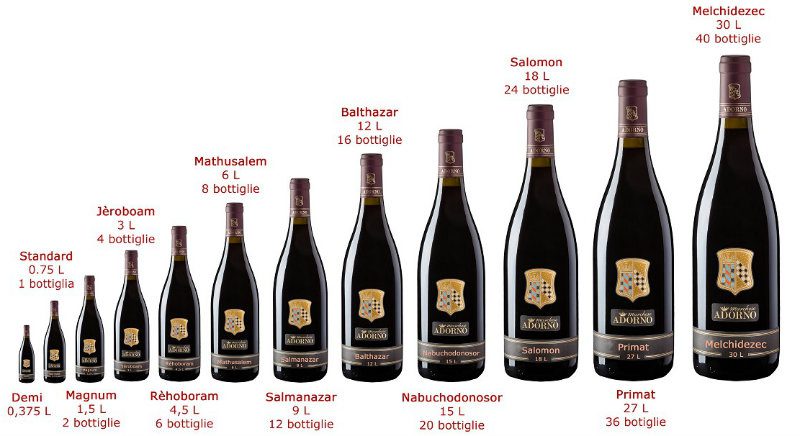
Silicone cap
does not allow any exchange with the outside, it is useful for wines to be consumed quickly. It has two advantages: the wine remains the same as when it was bottled and it is much cheaper than cork.
Glass stopper
innovative solution recently invented by a German doctor inspired by the packaging once used in pharmacies. Very elegant, it is still used for very few wines.
Screw cap
created to avoid corky smell, it is used mainly in Australia and New Zealand. Abroad it is mainly used for whites, even of excellent quality. In Italy it is still placed in a low quality wine segment.
Cork stopper
traditional cork used for fine wines to allow them to age perfectly in the bottle. Despite the disease of cork, its appeal endures in the face of uneconomicity and innovation.
The Cork
.
The cork plays a fundamental role in the evolution of a fine wine and cork is the material that guarantees long ageing in the bottle. Exchanges with the outside world are almost imperceptible (REDUCED environment) even though they bring about changes in colour, which is increasingly subdued, in perfumes, which are increasingly complex, and in flavour, which is increasingly rounded.
The cork used is from the Quercus suber, the cork oak, which grows well in Portugal, south-west Spain, Sardinia and Corsica. The bark, on average, is removed every 9-10 years, the time needed for the dead cell layer of the plant's woody tissue to form. Left to air dry for 8-10 months, then boiled for 1- 1h 30′, scraped and trimmed, disinfected and sorted according to quality, the bark is reduced to sheets, boiled a second time and stored for a few days in a well-ventilated room. The sheets are then cut into strips as wide as the future cap, crosswise to the direction of growth of the trunk. The strips are treated and bleached with hydrogen peroxide or chlorine solutions and then cut into the required shape. Finally, to make it easier to slide the plug into the bottle neck, the surface is treated with wax or paraffin.
Cork is an odourless and tasteless material that is perfectly impermeable to air and water. Its ability to adhere perfectly to the neck of the bottle comes from the suberine, a very elastic component of cork cells. The characteristics on which the quality of a cork stopper is assessed are lightness, impermeability, elasticity, insulation or thermostability and chemical inertness.
Cork can cause wine to have an unpleasant smell and taste of corkThis can be caused by microorganisms and moulds, especially Cladosporium and Armillaria mellea. The unpleasant smell is due to a chemical (trichloroanisole) that is formed by interaction between a phenol in the cork and the chlorine used during bleaching. Although almost only hydrogen peroxide is used today, it can still form because chlorine is also present in cork washing water and in the environment.
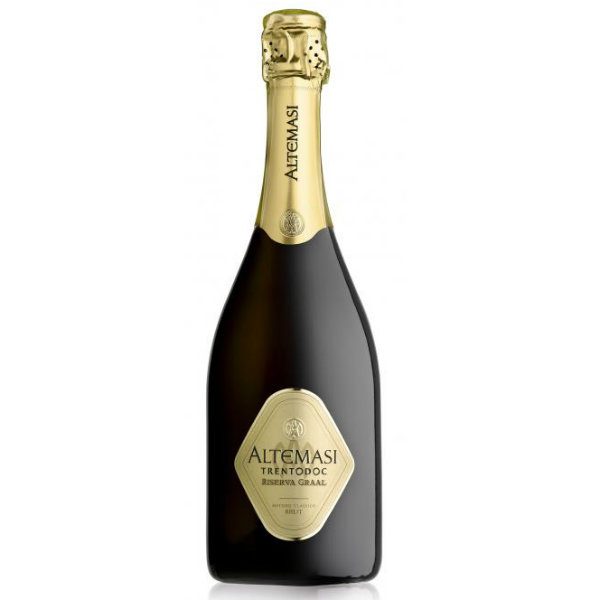
Champagnotta
in very thick dark green almost black glass with a very hollow bottom to resist strong internal pressure. It is used for Champagne and sparkling wines obtained by re-fermentation in the bottle.
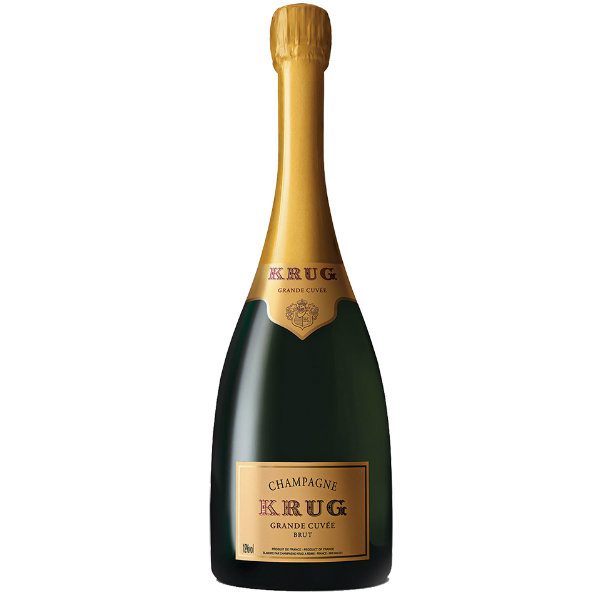
Champagne Cuvée
similar to the Champagnotta and with the same characteristics, it has a slightly broader shape at the base and the neck is slightly longer.
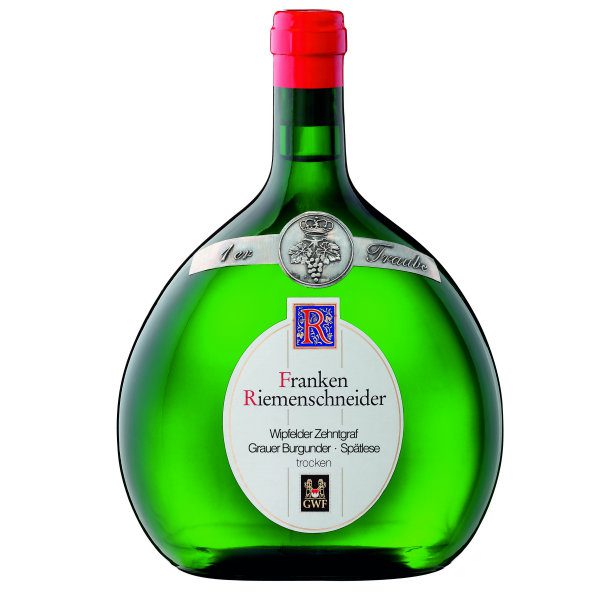
Bocksbeutel
also called pulcianella, has a belly shape and is made of dark green glass. It is used for red wines from Franconia, Portugal or Montepulciano and Orvieto.
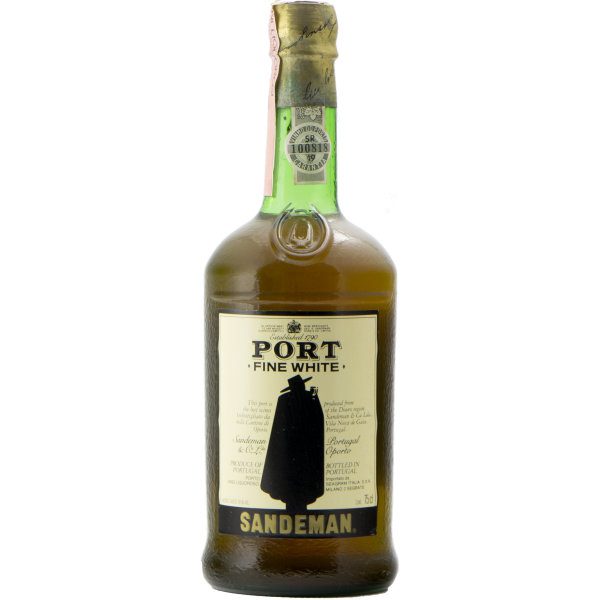
Porto
dark glass in shades ranging from green to brown, is used for Port and other liqueur wines from the Iberian Peninsula (Madeira and Sherry).
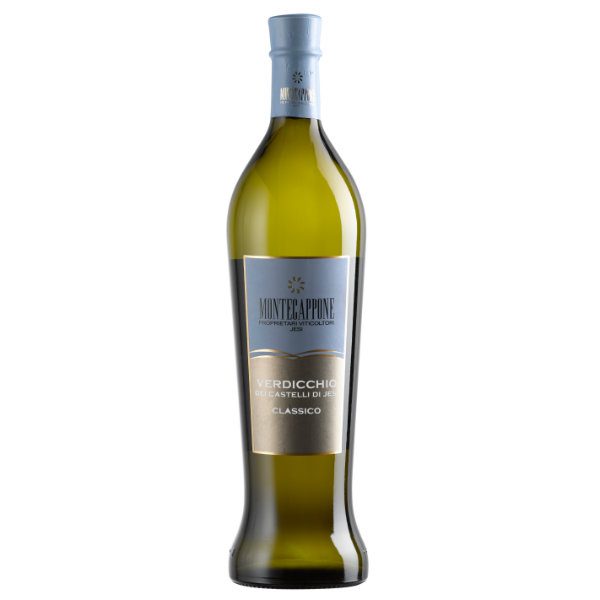
Amphora
sinuous and in light green glass, used in France for Provençal wines and in Italy for Verdicchio (designed in 1953 by Milanese architect Antonio Maiocchi)
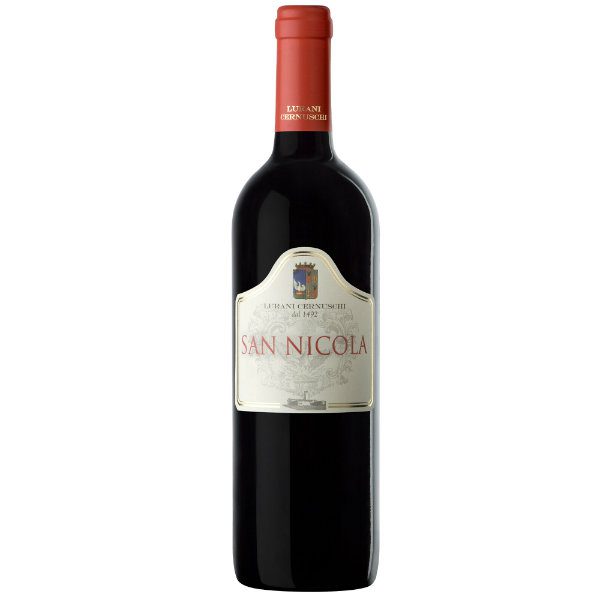
Bordeaux
Originating in Bordeaux, it has a more or less pronounced shoulder, the colour varies from green to dark brown for the reds from long ageing while it is transparent for the whites.
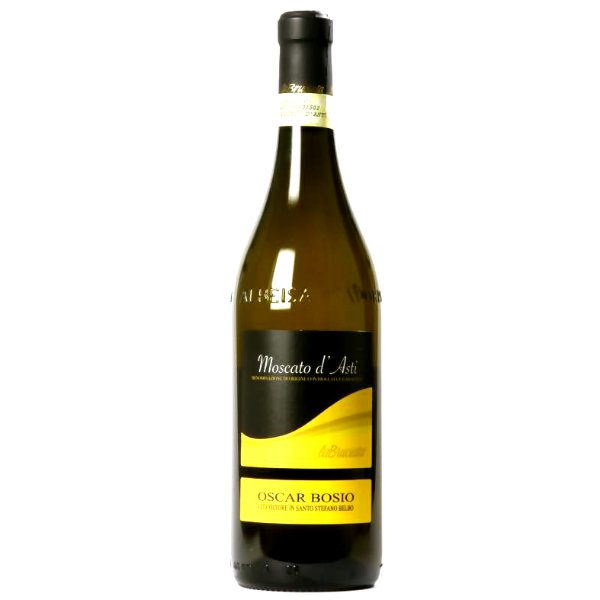
Albeisa
originating in the Langhe, in dark glass, is used for long ageing Piedmontese red wines.
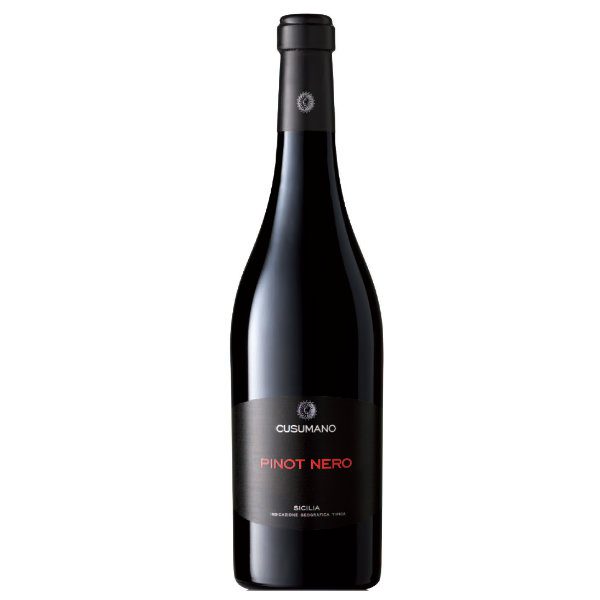
Burgundy
without shoulder, dark green in colour, is used for various types of wine, especially the great Burgundy wines.
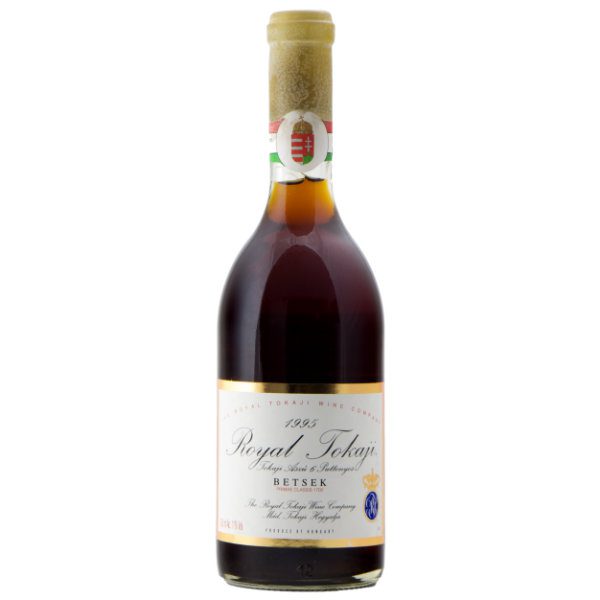
Tokaj
in transparent glass, is used for the precious Hungarian Tokaji and has a capacity of 500 ml. It also exists in sizes 375 ml, 250 ml, 187.5 ml and 100 ml.
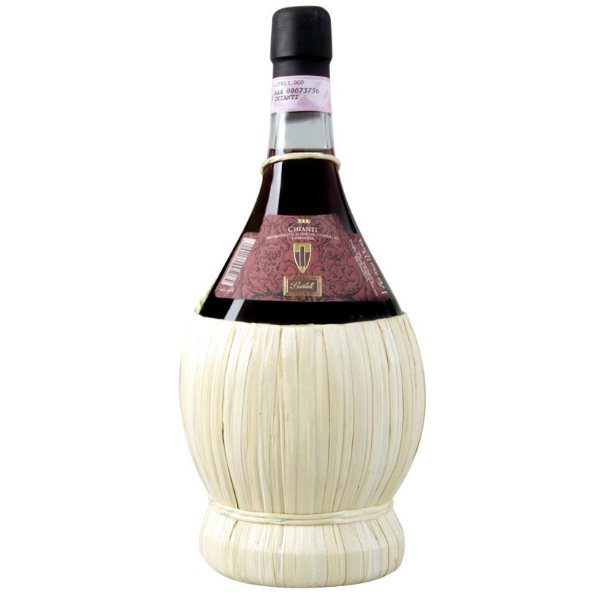
Fiasco
bottle with very particular morphological characteristics, is traditionally used for Chianti and has made Italian wine famous throughout the world.
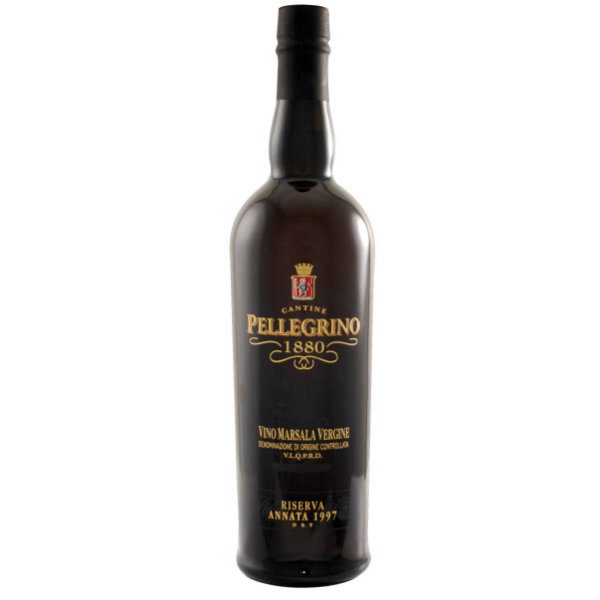
Marsalese
with a special shape in dark brown or black glass, is the Marsala bottle, but a very similar bottle is also used for other fortified wines.
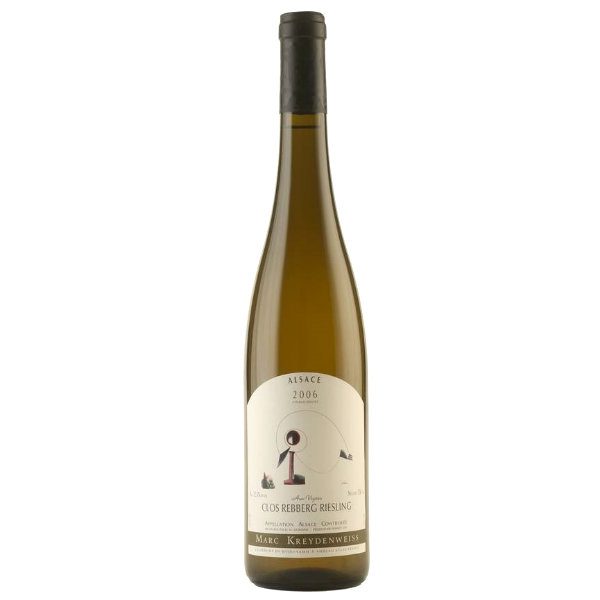
Renana
also called Alsatian, originates from the Rhine Valley. Typical elongated and slender shape, without shoulder, in dark glass. It is mainly used for white wines.
